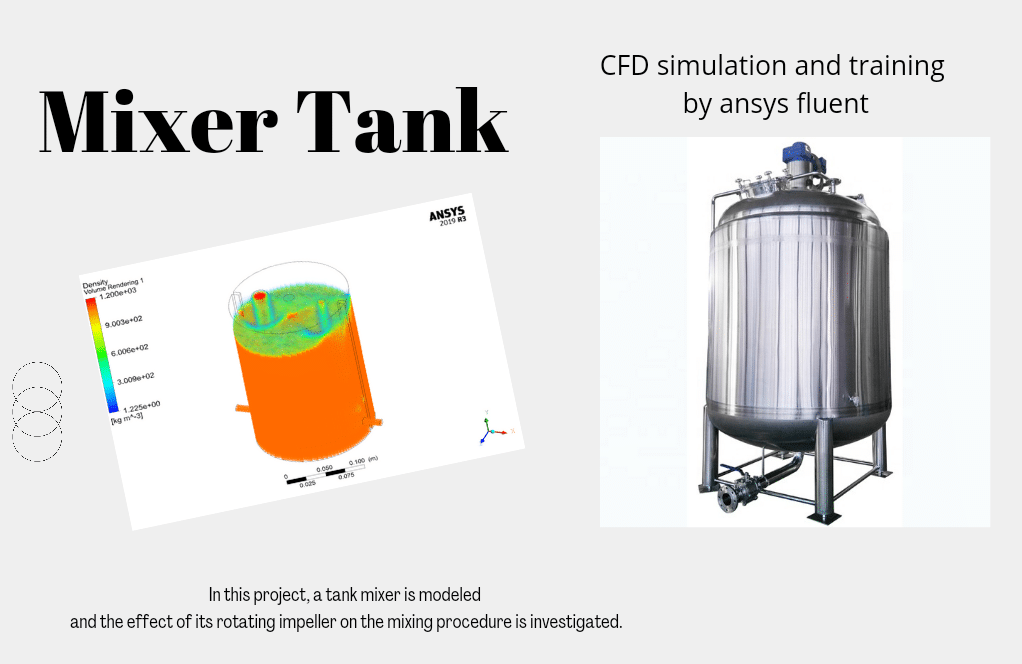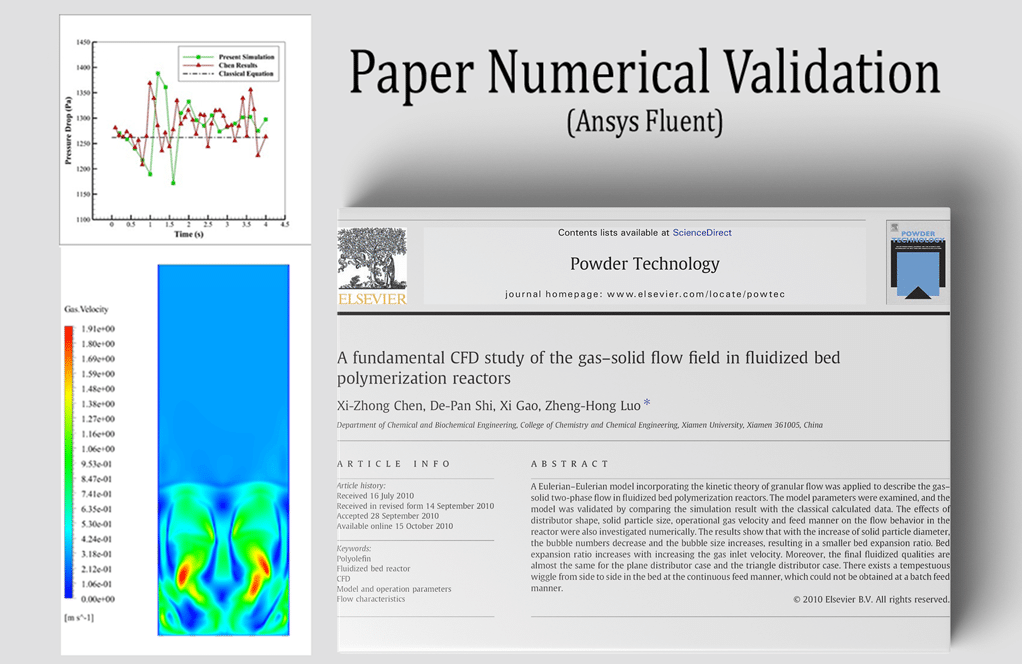Shower Channel Drain CFD Simulation, ANSYS Fluent Training
Free
- The problem numerically simulates Shower Channel Drain using ANSYS Fluent software.
- We design the 3-D model by the Design Modeler software.
- We Mesh the model by ANSYS Meshing software, and the element number equals 1310945.
- We use the VOF Multi-Phase Model to define water and air in the channel.
To Order Your Project or benefit from a CFD consultation, contact our experts via email (info@mr-cfd.com), online support tab, or WhatsApp at +44 7443 197273.
There are some Free Products to check our service quality.
If you want the training video in another language instead of English, ask it via info@mr-cfd.com after you buy the product.
Description
Description
In this project, a shower drain inside an inclined channel with 120 water input is simulated and analyzed by ANSYS Fluent software.
The drain in a shower should ideally be the lowest height on the floor. It has lots of applications in bathrooms, carwashes, pools, etc.
The geometry of this project is designed in ANSYS Design Modeler and meshed inside ANSYS Meshing. The mesh type used for this geometry is unstructured, and the element number is 1310945.
Shower Methodology
To analyze the air and water flow inside the channel, the multi-phase VOF model has been used to investigate the two-phase flow of air and water within this channel. The effect of gravity has been considered and is equal to -9.81 m / s2 in the Y direction.
Shower Conclusion
The results from 2-D and 3-D volume fraction, pressure, and velocity contours show that a correct shower floor has a slope. So, the positioning of the drain is such that water from all directions slopes down to the drain.












Alayna Schiller –
The training was very good and of high quality.
Julian Haley –
Is there a way for me to contribute to this simulation?
MR CFD Support –
We welcome contributions! Feel free to share your ideas or suggestions.
Veda Brekke PhD –
What advantages does using CFD offer in analyzing shower channel drains?
MR CFD Support –
CFD provides a detailed analysis of the fluid flow characteristics in shower channel drains, offering insights that are difficult to obtain through experimental tests.
Kiarra Kertzmann –
I appreciate the dedication to accuracy and validation in this simulation.
Sophia Ankunding –
This simulation is a valuable tool for professionals in plumbing and drainage design.
Theron Cronin –
The training on Shower Channel Drain CFD was enlightening. The use of multi-phase VOF models really clarified how air and water interact within the channel.
MR CFD Support –
Thank you for your positive feedback! We’re thrilled to hear that our training helped deepen your understanding of the multi-phase VOF models and their application in simulating shower channel drains. If you have any further questions or need more clarification, don’t hesitate to reach out.
Lola Wintheiser –
I am thrilled with the detail in the Shower Channel Drain simulation! Can you confirm if the study investigates the optimal slope for fastest drainage?
MR CFD Support –
Thank you for your compliments on the Shower Channel Drain simulation! The focus of the simulation is on the analysis of air and water flow dynamics inside a shower drain channel. While it demonstrates the importance of a correctly sloped floor for efficient drainage, the specific optimization for the fastest drainage may not be the primary goal of this particular simulation.
Mr. Guy Jones –
I found the project fascinating, especially how gravity and the VOF model were employed. I wondered if humidity or vapor effects were considered in the simulation?
MR CFD Support –
In this particular CFD simulation of the shower channel drain, the primary focus is on analyzing the flow of air and water using the VOF (Volume of Fluid) model, which is excellent for capturing the interface between these two phases. Typically, humidity and vapor effects may be neglected in such simulations because they don’t significantly impact the primary quantities of interest – the drainage performance. If a high level of detail regarding humidity or condensation were needed, additional physics models might be required.
Tia Zulauf –
The training material was incredibly detailed and helpful! Not only did I get an in-depth understanding of multi-phase flow simulation, but I also appreciated the practical applications to everyday fixtures like shower drains. Can’t wait to apply this knowledge in my own projects!
MR CFD Support –
Thank you for your positive feedback! We’re glad to hear that the training on multi-phase flow simulation in ANSYS Fluent was effective and beneficial. It’s always great to know that our customers can directly apply this knowledge to real-world scenarios. Looking forward to supporting you in your future projects!
Camille Treutel –
The level of detail in this simulation is truly impressive.
Dasia Wolff –
This training helped me understand how sloping floors and their drainage systems are designed. I can now apply these concepts to various scenarios requiring fluid drainage,
MR CFD Support –
Thank you for your positive feedback! We’re delighted to hear that our Shower Channel Drain CFD Simulation tutorial was enlightening and applicable to your work. If you have further questions or need more insights, feel free to reach out!
Kaycee Becker –
I’ve just finished going through the Shower Channel Drain CFD Simulation training, and I have to say, it was incredibly informative. The way the multi-phase VOF model was applied to assess the interaction between air and water in the channel was detailed and clear. The inclusion of gravity effects and related flow dynamics around the drain provided a realistic perspective on how water should ideally slope towards the drain. It was excellent training for visualizing fluid dynamics in practical applications like bathrooms and pools. Thank you for such a well-structured and educational module!
MR CFD Support –
We’re thrilled to hear that you found the Shower Channel Drain CFD Simulation training enlightening and beneficial! It’s our objective to provide comprehensive and easy-to-understand educational material. Your feedback is greatly appreciated, and we’re glad that the training module could enhance your understanding of fluid dynamics in real-life contexts. Thank you for taking the time to share your thoughts, and we hope our other simulation training courses will also aid your learning journey.